Ever wonder what ancient Rome was like? Just think, you could have attended chariot races and much more. Well, now you can catch a glimpse of what is was like to live in ancient Rome, thanks to a 3D reconstruction of the city. With the new technology, people can catch a glimpse at what is considered the grandest city, and what it was like to live when Rome was at the height of its splendor.
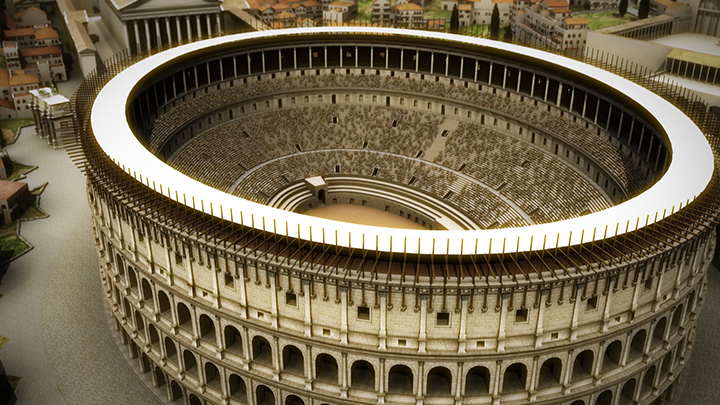
What the 3D reconstruction does is take viewers through a video. They first start in the heart of the city, visiting all of the famous sites like the Pantheon and the Colosseum. The greatest thing is that these no longer look like ruins – the reconstruction has them looking just like they did in 320 AD. Academics and historians have filled in each and every gap and have used historic records to recreate the streets and forums as they existed during that time period.
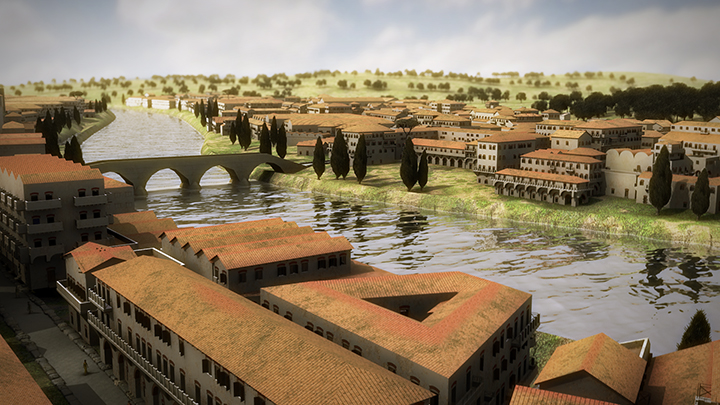
The experts that took part in the Rome Reborn project decided to go with 320 AD because it is believed that the city was at its most developed point during that time. It was just before Emperor Constantine had moved the empire’s capital to Constantinople, which is modern-day Istanbul.
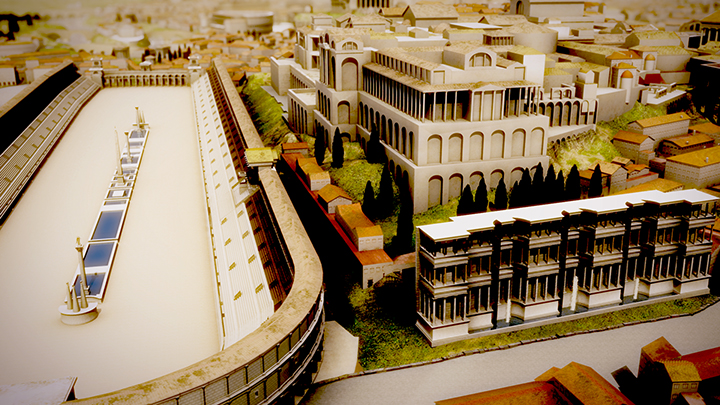
After that period, Rome entered a steady decline. However, in 320 AD, it was at the height of its grandeur with a population between one to two million. The city remained the most heavily populated in the western world until 19th century London.
The virtual tour takes the viewer to Palatine Hill which, looks down on the whole city and shows the vast palaces that the emperor at the time enjoyed. The narrator of the simulation explains how the term “palace” had actually originated from Palatine Hill; the term eventually became known everywhere as where a ruler lives.
As many people know, the columns and ruins are considered an ancient, crumbling site, but the reconstruction allows the person to fly low over the city to see the hills and buildings around it. Below is the Circus Maximus where the Romans held the chariot races, animal hunts, and religious festivals. They were all held in the long, rectangular arena.
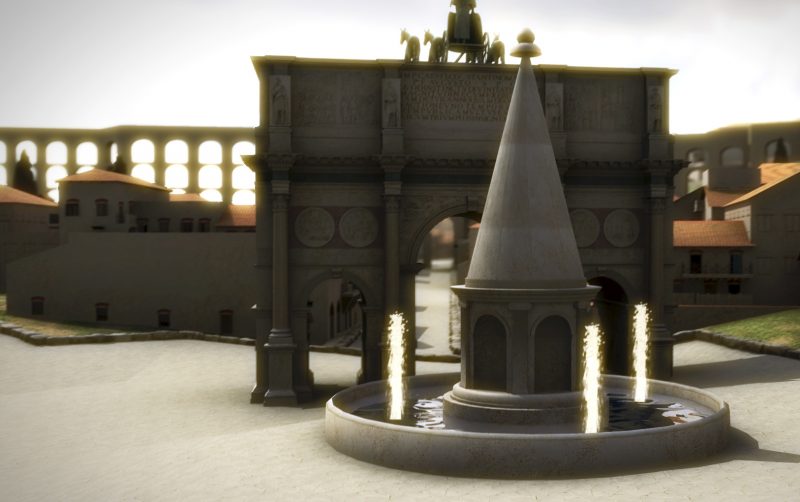
In the model, the whole city is re-created, rather than just individual sites. This is so a person can see just how close the palace was to the city. The emperor had only to walk down the hill to watch the shows. It also shows the people the incredible aqueducts that helped make Rome successful. They towered above the streets, bringing fresh water from the mountains about 30 to 40 kilometers away.
One of the people working on the project, Dr. Steven Zucker, acts as narrator and says that ancient Room proved there is sort of an ambition for people to control nature. Humans do not have to build a city where water is, they are able to bend nature to man’s will. The aqueducts were set high above homes and brought a steady flow of water into the city. They used pinpoint-accurate calculations in order to create a constant downhill slope. The simulation allows visitors to see just how educated people in the Roman Empire were, to have figured out that kind of engineering.
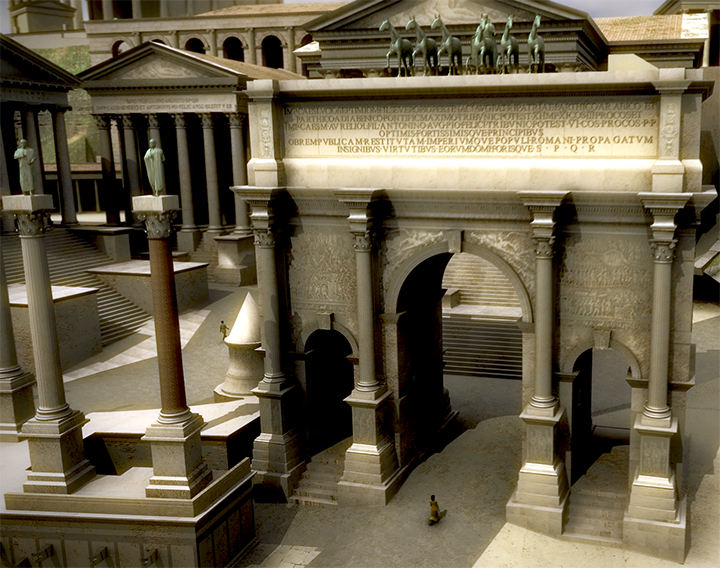
The tour also visits the Baths of Trajan. This was the first public bath; the precursor to the many other Roman cities that followed suit. It also visits the Colosseum, which at the time was known as the Flavius amphitheater, named after Emperor Vespasian from the Flavius Dynasty. He was the one who built it. The stadium was once on a lake on 100 acres, but Emperor Nero had taken it away from the public in order to create his own personal gardens.
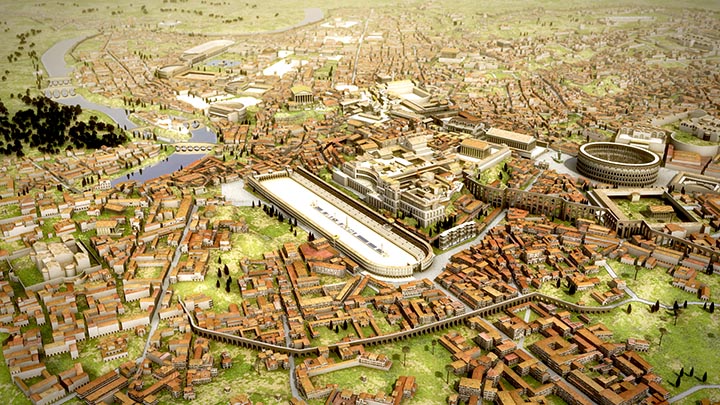
The model also shows a detailed close-up of the statue of the Sun God, Colossus, for whom the building known as the Colosseum came to be named. There is the Arch of Constantine, built by an emperor who did not live to see it finished. There are images of the Temple of Venus and Rome, which was built by Hardrian. It shows how Venus looks onto the amphitheater and Rome. Also featured is the Basilica of Maxentius, that was mainly used for courts, the city’s main forum, and Campus Martius, more popularly known as the Field of Mars. Last but not least, there are photos of the Pantheon from the inside and out.
All Images by RomeReborn. “Copyright 2012 by Frischer Consulting, Inc. All rights reserved.” (Photos used with permission)